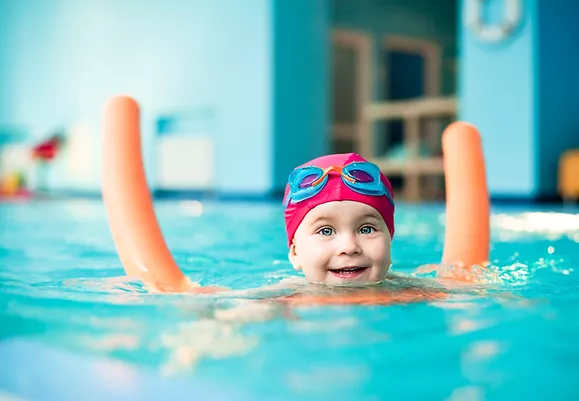Not including boating incidents, on average about nine people die from drowning every day in the United States, according to Injury Facts 2017 the annual statistical report on unintentional injuries produced by NSC.
Teens And Young Adults Often Don’t Think About Safety
When we think of water safety, we often think of the potential for young children to drown. But drowning also is a concern for teens and young adults. While drowning is more common for children 5 and younger, it’s the second leading cause of death for people age 5-24. According to NSC data, 737 people age 5 to 24 drowned in 2014.
Swimmers should keep a few safety precautions in mind:
- Don’t go in the water unless you know how to swim; swim lessons are available for all ages
- Never swim alone
- Learn CPR and rescue techniques
- Make sure the body of water matches your skill level; swimming in a pool is much different than swimming in a lake or river, where more strength is needed to handle currents
- If you do get caught in a current, don’t try to fight it; stay calm and float with it, or swim parallel to the shore until you can swim free
- Swim in areas supervised by a lifeguard
- Don’t push or jump on others
- Don’t dive in unfamiliar areas
- Never drink alcohol when swimming; alcohol is involved in about half of all male teen drownings, according to KidsHealth.org
The Younger the Child, the Greater the Risk
Most parents think water safety is first and foremost on their minds whenever they are enjoying summer activities with their young kids. But when the unthinkable happens and a child drowns, parents and caregivers have been known to say, “I only looked away for a second.”
NSC statistics point to drowning as a leading cause of death for young children – mostly due to children falling into a pool or being left alone in the bathtub.
Of the 3,406 drownings in 2014, more than 12% were children age 4 and younger, according to Injury Facts 2017. These statistics are in line with Consumer Product Safety Commission reports, which state more than 200 children ages 1 to 14 drowned in pools and spas during summer 2013. Bathtubs, toilets and even buckets also can pose a danger for very young children.
Also learn about the correlation of the seasonality of drowning cases with further drowning data from the CDC.
Distractions Make For Tragedies
Parents are cautioned all the time about water safety, but drownings still occur. Always be aware and be in the present moment with your children. Following are a few water safety precautions:
- Never leave your child alone; if you have to leave, take your child with you
- Find age-appropriate swim lessons for your child, but keep in mind that lessons do not make your child “drown-proof”
- Lifeguards aren’t babysitters; always keep your eyes on your child
- Don’t let children play around drains and suction fittings
- Never consume alcohol when operating a boat, and always make sure everyone is wearing U.S. Coast Guard-approved life jackets
- Don’t underestimate the power of water; even rivers and lakes can have undertows
- Always have a first aid kit and emergency contacts handy
- Get training in CPR
- If a child is missing, check the water first
Every pool, every lake and every warm summer day holds the possibility of new, fun summer experiences. All you need to add is your undivided attention.
Drowning cases are serious incidents that often involve negligence, hazardous conditions, or inadequate supervision. Legal claims can arise when property owners, facilities, or individuals fail to maintain safe environments, provide warnings, or follow safety regulations. Victims or their families may pursue compensation for medical expenses, emotional trauma, and wrongful death, emphasizing accountability and prevention. To see how Rosenberg Law can help, please click here.


Recent Comments